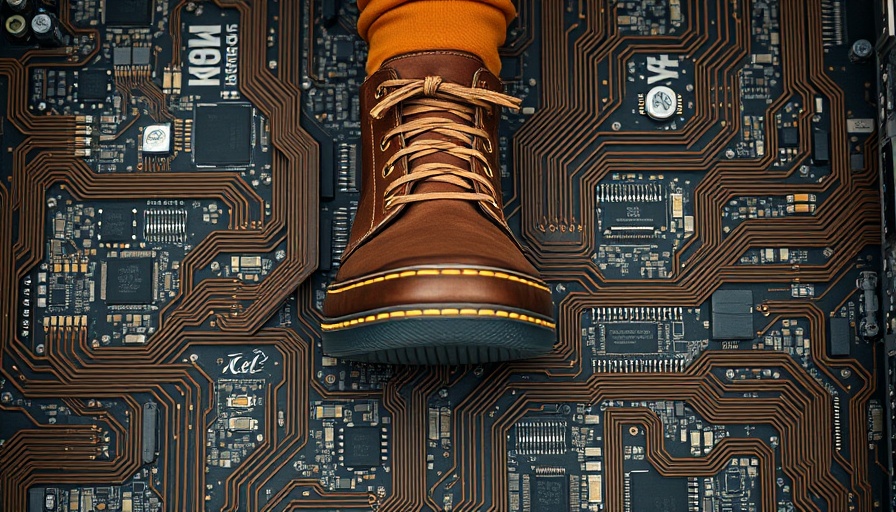
The Fascinating Future of Shapeshifting Robots
Imagine a world filled with robots that can alter their shape at will, much like the T-1000 from the sci-fi classic Terminator 2. This is no longer just the realm of fiction; recent advancements in robotics at UC Santa Barbara are bringing us one step closer to making this sci-fi dream a reality. Researchers have developed a collective of small robots capable of shifting between solid and fluid-like states, mimicking the adaptive capabilities of biological tissues in embryos. This groundbreaking exploration not only excites enthusiasts of technology but raises crucial discussions about the potential applications and challenges involved.
Inspired by Nature: How Biology Influences Robotics
The innovative design is grounded in the mechanics observed in embryonic development. Otger Campàs, a professor at the Max Planck Institute, notes that the team drew inspiration from how embryonic cells work cohesively to form tissues and organs. By creating robotic units that behave like these cells—able to move, signal to one another, and maintain strong connections—researchers hope to unlock new possibilities. Their work suggests that by observing biological processes, engineers can create materials that are both functional and versatile, resembling the T-1000's fluidity.
Real-World Challenges: Size and Power Limitations
Despite the exciting advancements, the pathway to fully-realized shapeshifting robots remains fraught with challenges. Currently, the robots are approximately 5 centimeters in diameter, but the ultimate goal is miniaturization to sizes of 1 or 2 centimeters. Campàs acknowledges the technical hurdles that lie ahead, particularly concerning power supply and scaling. Each robot operates on a battery system, which limits operational capacity and longevity. Researchers are exploring wireless charging solutions to feasibly manage larger collections of these robots in the future.
Potential Applications: Where Shapeshifting Robots Could Shine
The implications of such technology are vast and varied, from biomedical applications to disaster response. Imagine collective robotic units that can navigate through rubble in search of survivors, morphing into needed shapes to perform their tasks efficiently. Additionally, these robots could revolutionize areas like targeted drug delivery or advanced prosthetics, where adaptability and form can directly impact functionality. As research continues, we may see these ideas transition from conceptual frameworks to practical solutions.
Concluding Thoughts: The Journey Toward Robotic Evolution
While we might not have the fluid-metal mimetic polyalloy seen in Terminator 2 just yet, the progress made by researchers at UC Santa Barbara marks an important step in that direction. The convergence of robotics and biology opens exciting avenues for innovation in technology. Monitoring this journey is essential, as we may soon need to align our ethical frameworks and practical guidelines to accommodate the rapid advancement of these remarkable machines. Keep your eyes peeled as this story unfolds, as the future of robotics promises to be as dynamic as the technologies we are striving to create.
 Add Row
Add Row  Add
Add 




Write A Comment